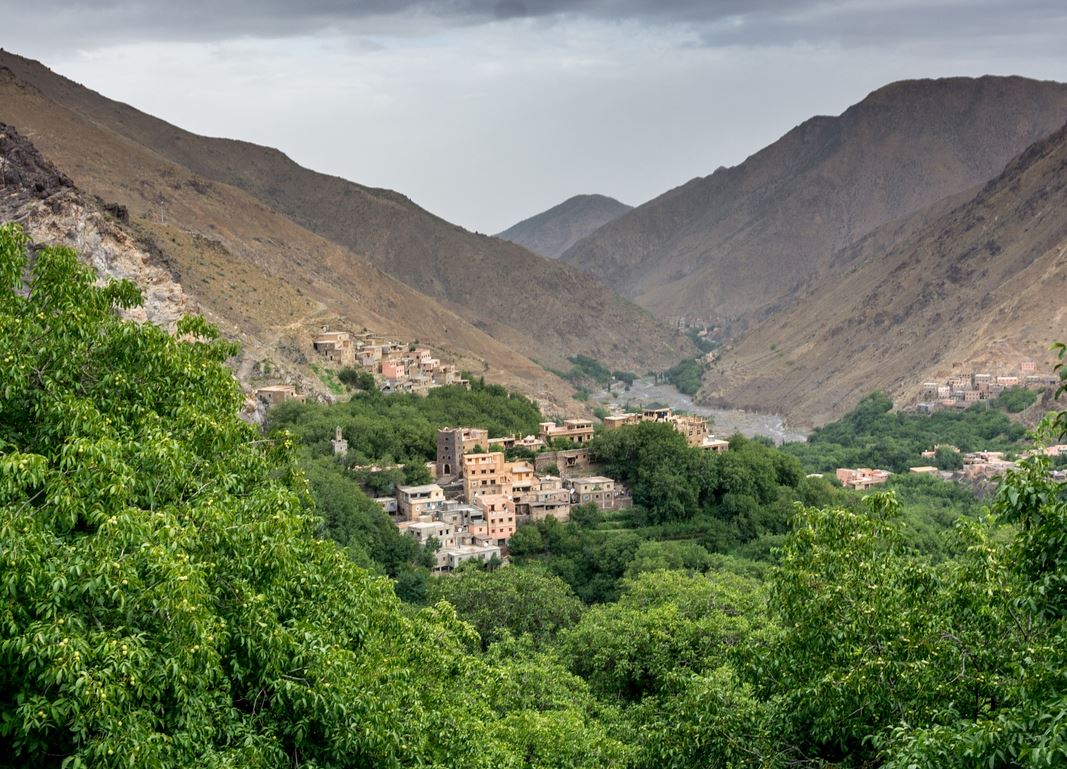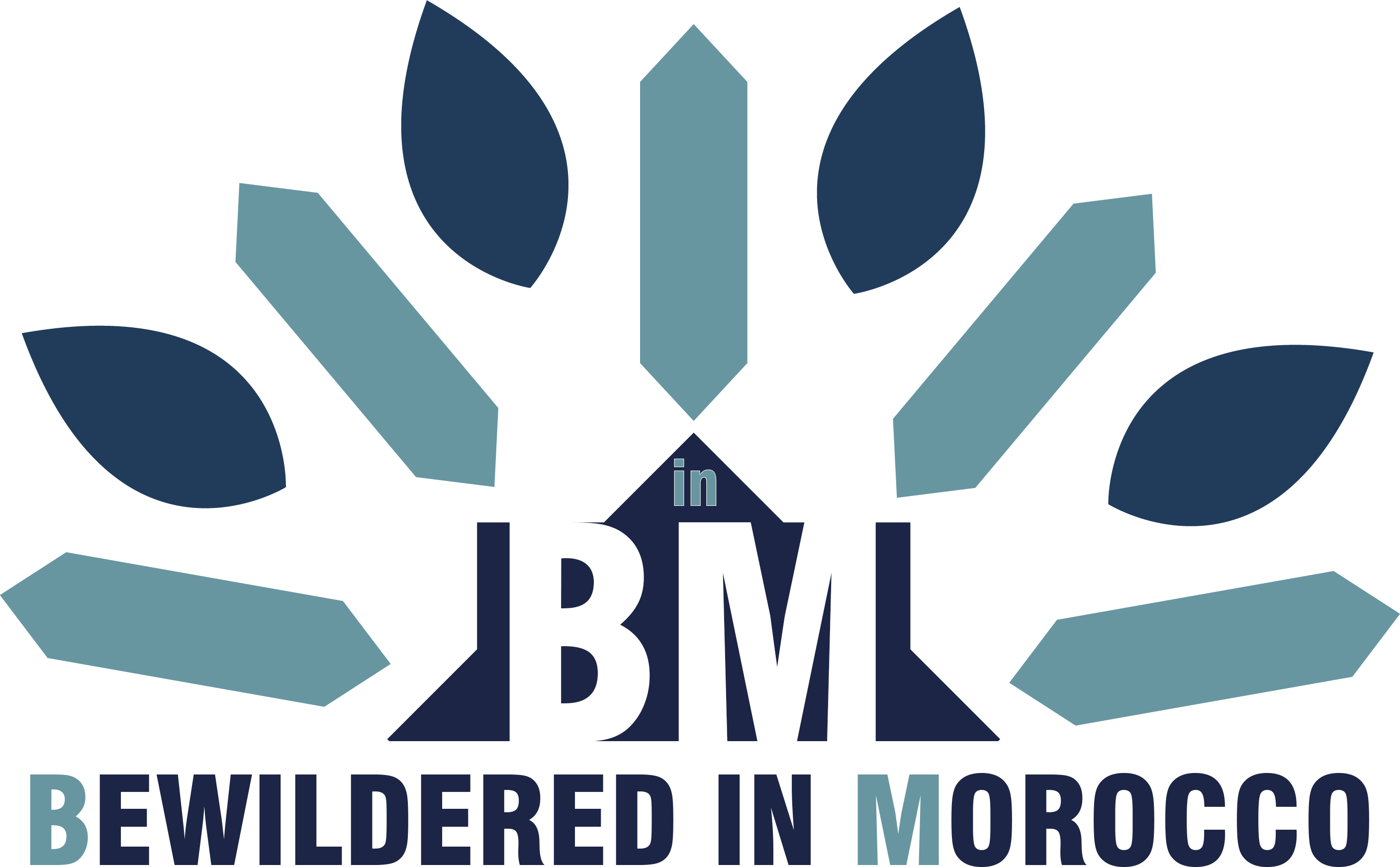Last Updated: March 2025
Nestled at the foot of Mount Toubkal in Morocco's High Atlas Mountains, Imlil has undergone a remarkable transformation over the past 25 years. This once-isolated Berber village has evolved into a bustling gateway for adventurers and nature enthusiasts while preserving its rich cultural heritage. As someone who first visited Imlil in 1999, I've had the privilege of witnessing this extraordinary transformation firsthand.
Looking for a complete travel guide to Imlil? Check out my comprehensive Imlil Morocco travel guide with everything you need to know for your visit in 2025.
The Historical Evolution of Imlil Village
The story of Imlil's development is a testament to the resilience and adaptability of its Berber inhabitants. For centuries, this High Atlas settlement remained largely cut off from the outside world, with its economy primarily based on traditional agriculture and livestock.
Key Milestones in Imlil's Development
- 1956: Construction of the first road connecting Imlil to the wider region
- 1997: Electricity finally reaches the valley
- 2006: Road to Imlil is paved, though still narrow and winding
- 2024: Road is widened and modernized, significantly improving access
When I first visited in 1999, Imlil was barely touched by modern conveniences. Electricity had arrived just two years earlier, and many homes still relied on battery-powered lighting. I remember staying with a local named Mohamed in Armed village (the highest settlement in the valley), where his home was still lit by batteries – a stark reminder of how recent Imlil's modernization has been.
From Agricultural Village to Mountain Tourism Hub

Traditionally, Imlil's economy centered around agriculture, with locals cultivating crops suited to the mountainous terrain:
- Walnut orchards that still dot the valley
- Apple trees producing the region's famous mountain apples
- Barley and corn on stepped agricultural terraces
- Cherry trees that bloom spectacularly in spring
The Economic Shift
The late 20th and early 21st centuries saw a dramatic shift in the village's economic focus. As word spread about the breathtaking beauty of the High Atlas and the challenge of climbing Mount Toubkal (North Africa's highest peak at 4,167 meters/13,671 feet), Imlil began attracting adventurers and trekkers from around the world.
This influx of visitors transformed Imlil from a quiet farming village into the premier base camp for High Atlas expeditions. The transition brought new opportunities for local Berbers, with many shifting from agricultural work to roles in the tourism industry:
- Mountain guides certified by the Moroccan Ministry of Tourism
- Guesthouse and small hotel operators
- Mule handlers for baggage transport
- Restaurant and café owners
- Retail shops selling trekking equipment and local crafts
Infrastructure Development and Accessibility
The road built in 1956 was just the beginning of Imlil's infrastructure development. Over the years, the route has been improved and widened, making the journey from Marrakech (about 64 kilometers/40 miles away) increasingly comfortable.
Transportation Evolution
1990s: Rough, unpaved road requiring 4x4 vehicles
2006: Basic paved road, still narrow with many switchbacks
2024: Widened, properly engineered road with guardrails and improved safety features
Today, visitors can reach Imlil by:
- Private car (90-minute drive from Marrakech)
- Shared "grand taxi" (approximately 2 hours)
- Organized tour transport
- Public transport (bus to Asni, then taxi to Imlil)
Village Infrastructure Growth
Within the village itself, basic amenities have expanded to cater to tourists while maintaining a traditional feel:
- Accommodations: From simple homestays to boutique guesthouses and luxury kasbahs
- Dining: Traditional Berber restaurants serving local cuisine
- Services: ATMs, Wi-Fi connectivity, and mobile coverage
- Shops: Trekking equipment rentals, local craft stores, and basic grocery shops
For travelers seeking comfortable places to stay, I've put together a detailed guide to the best accommodations in Imlil with options for every budget.
Cultural Preservation Amid Change
Despite the influx of tourism, Imlil Morocco has managed to preserve much of its Berber cultural heritage. The village and surrounding areas remain home to Berber communities who have inhabited these mountains for generations.
Authentic Cultural Experiences
Visitors to Imlil can still experience:
- Traditional Berber hospitality and mint tea ceremonies
- Authentic mountain cuisine featuring tagines and couscous
- Local festivals and celebrations
- Agricultural practices that have endured for centuries
- Traditional architecture with flat-roofed houses built from local materials
Local initiatives ensure that tourism benefits the community while preserving traditions. Many trekking guides are locals with deep knowledge of the mountains and Berber culture, offering visitors authentic insights into the region.
Environmental Challenges and Community Solutions
The growth of tourism in Imlil has not been without challenges, particularly regarding environmental preservation. The increase in visitors has raised concerns about:
- Waste management in a remote mountain setting
- Trail erosion on popular routes
- Water resource management
- Preservation of local flora and fauna
Community-Led Initiatives
In response, the community has implemented several impressive initiatives:
- Waste Management Program: The purchase of a second-hand truck from France to collect and manage waste throughout the valley
- Trail Maintenance: Local guide associations regularly maintain and repair hiking paths
- Plastic Reduction: Encouraging visitors to bring reusable water bottles
- Conservation Education: Programs for guides and locals about environmental preservation
These community-driven solutions demonstrate the locals' commitment to preserving their environment while embracing tourism opportunities.
Education and Community Development
As Imlil has developed, so too have efforts to improve education and opportunities for local children:
Education for All
The "Education For All" initiative provides boarding houses for girls from remote villages to continue their education. This program addresses a critical need in the region, though it can currently only accept 20% of applicants due to high demand.
Transportation for Education
The community has funded a bus service to transport children to secondary schools in the Asni valley, significantly increasing educational access and completion rates.
Tourism Training
Local programs now train young people in hospitality, languages, and guiding skills, creating sustainable career paths within their home region.
Personal Reflections on 25 Years of Change
Having visited Imlil repeatedly over 25 years, I've witnessed its remarkable evolution firsthand. The changes have been profound:
- 1999: A remote village with minimal tourist infrastructure
- 2010: Growing trekking base with basic accommodations
- 2025: Established mountain tourism destination with a variety of services
What impresses me most is how the community has managed this transition—embracing opportunities while maintaining their cultural identity and addressing challenges proactively.
Looking to the Future: Sustainable Development
Today, Imlil Morocco stands as a model for sustainable mountain tourism development. It offers visitors unparalleled access to the stunning High Atlas Mountains and the chance to summit Toubkal, all while providing a glimpse into authentic Berber culture.
As Imlil continues to evolve, the challenge will be maintaining the delicate balance between development and preservation. The village's journey from a remote agricultural community to a hub of mountain tourism serves as an inspiring example of how traditional communities can adapt to modern opportunities while staying true to their roots.
Planning Your Visit
For travelers seeking adventure, cultural immersion, and breathtaking natural beauty, Imlil offers a unique destination that captures the essence of Morocco's mountain heritage while looking firmly toward the future.
If you're planning to visit this remarkable village yourself, I've created a detailed Imlil travel guide with everything you need to know about transportation, accommodation, activities, and seasonal considerations.
Author's Note: This article reflects my personal experiences visiting Imlil from 1999 through 2025. The transformation of this village represents one of Morocco's most remarkable tourism development stories—a testament to the vision and adaptability of the High Atlas Berber community.
